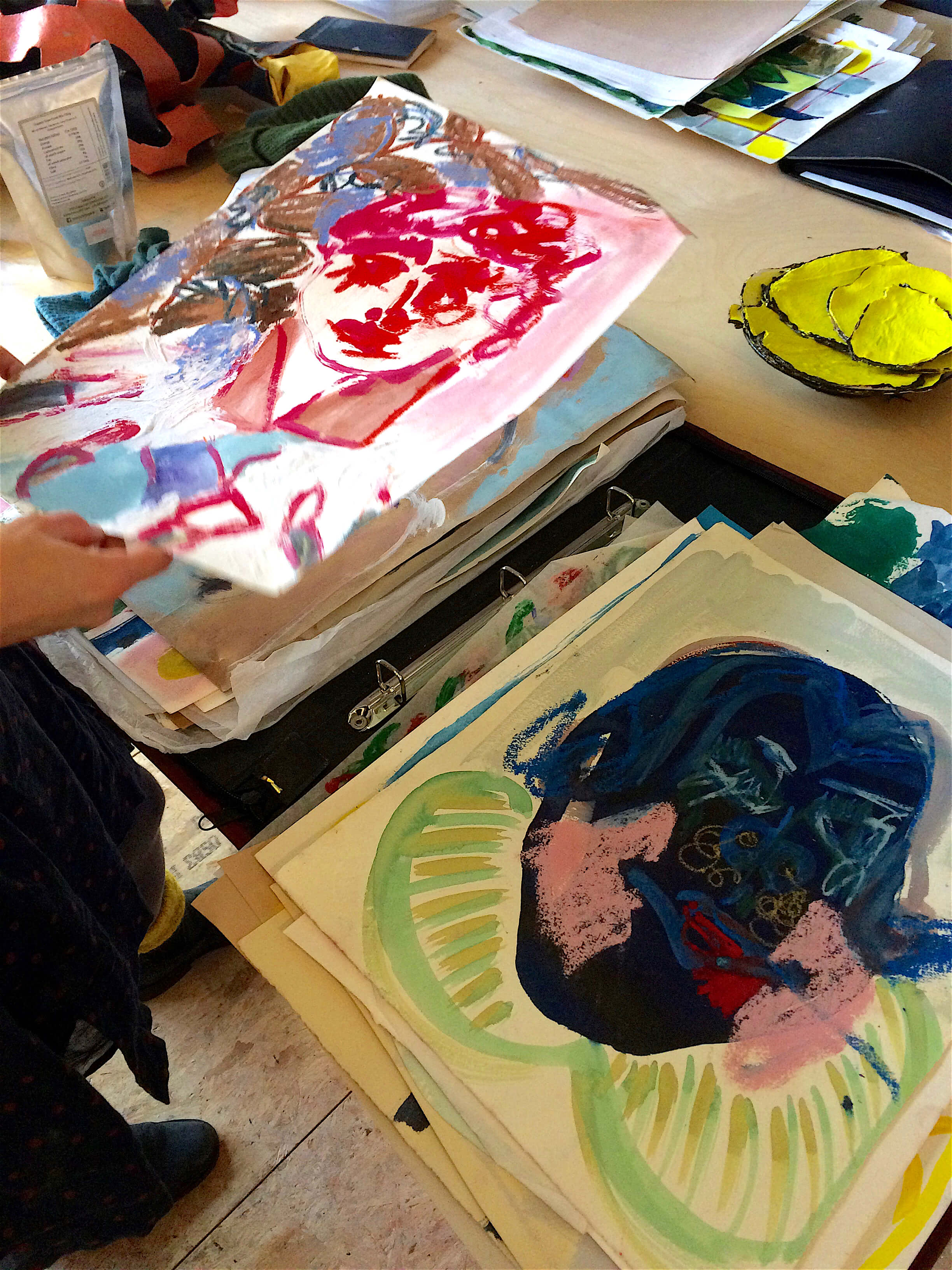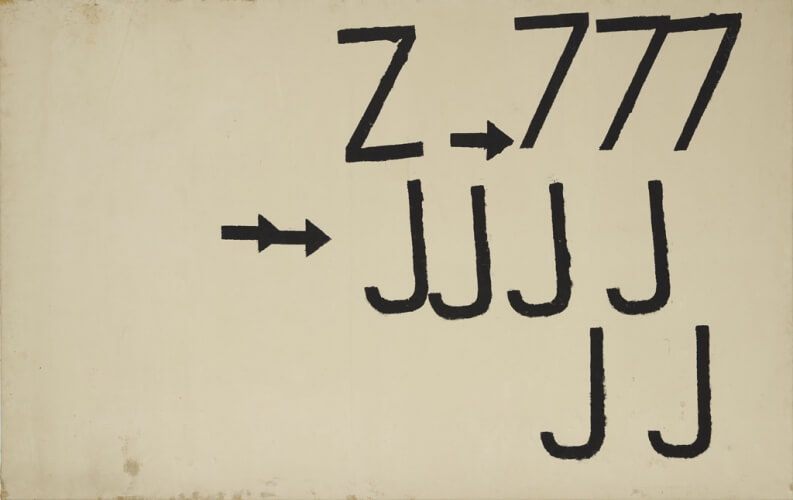“I find images and I let them rest. Then at some point I know the feeling I am looking for or the idea I am after. I go through many different boxes of images that I have bought in markets or found somewhere, work them digitally… and when I see images together, I know where I need to go. Many times I am wrong; images don’t do what I thought they would and they don’t work; or they do work but not in the way I want.”
Yaron Lapid (b.1974, Israel) is a London-based Israeli-born artist and filmmaker. His work is experimental, often re-examining the conventions of photography and moving images. With an eye for life in the margins, the remains and the discarded, Lapid is a keen hunter of existing images. Found material has a personal and political charge. Paraphrasing the German filmmaker Harun Farocki, Lapid tells me that the world is full of images, and that the trick is to interpret the existing ones.
During our conversation, we looked at some of the lovely 19th century Victorian slides that Yaron collects as well as some that he has produced, mimicking the emulsion-on-glass production process.
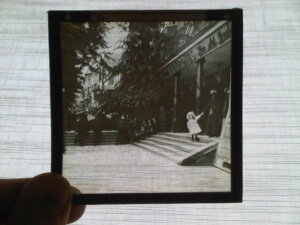
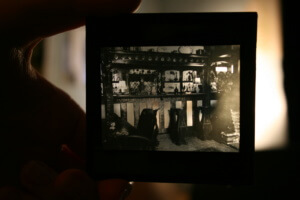
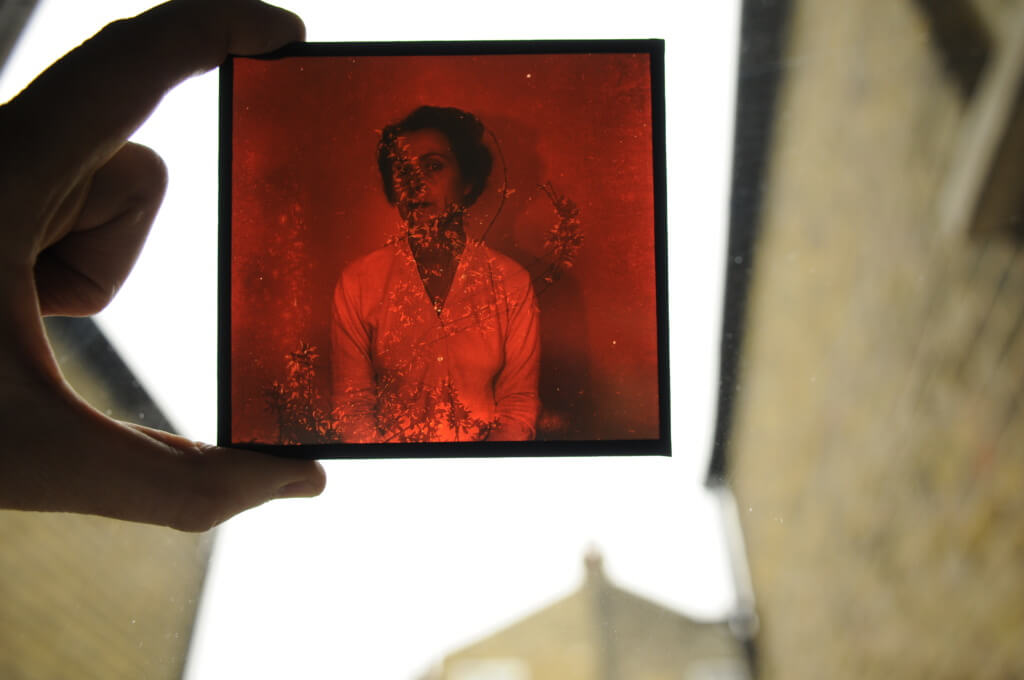
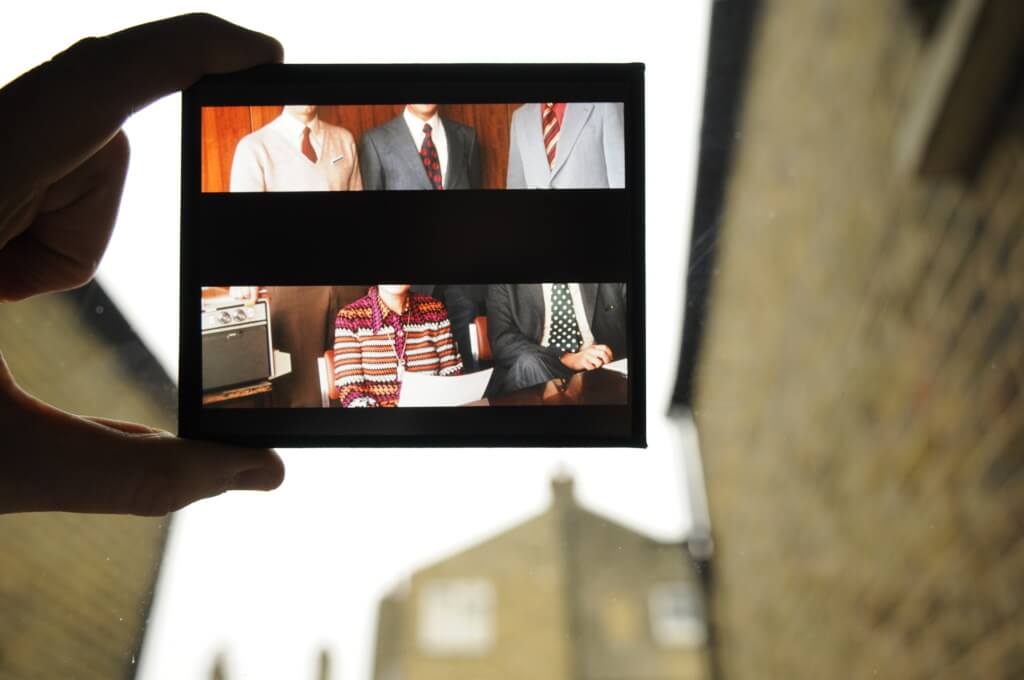
The amount of images we are exposed to in a single day is overwhelming. Our eyes may register hundreds if not thousands of them. We wake up and check our Instagram account to see what happened overnight; flick through newspaper adverts and Twitter posts. We walk the streets, take the bus or use the underground and billboards, screens, and flyers jump at us without barely noticing. We watch TV at night and probably upload one or two images on Facebook of that something that happened earlier with friends. Images have become these mysterious pervasive artefacts that lure us into a momentary spell that we forget instantly after.

The way we consume images fascinates Lapid. The time when photography was used to document and to preserve a moment has passed. It is now employed to talk, to fill-in gaps, to express emotions, to communicate. Images are products of the passing moment.
Perhaps to slow down our automatic screening or perhaps to feed his own interest by the many stories that found images tell, Lapid has developed a substantial body of work around what he calls the disrupted image. A disruption could be a removal of a found photograph from its context, cropping or masking it, changing its colour and background, etc. The remaining image retains a trail of these disruptions whilst acknowledging the social, historical and political context that Lapid writes on.
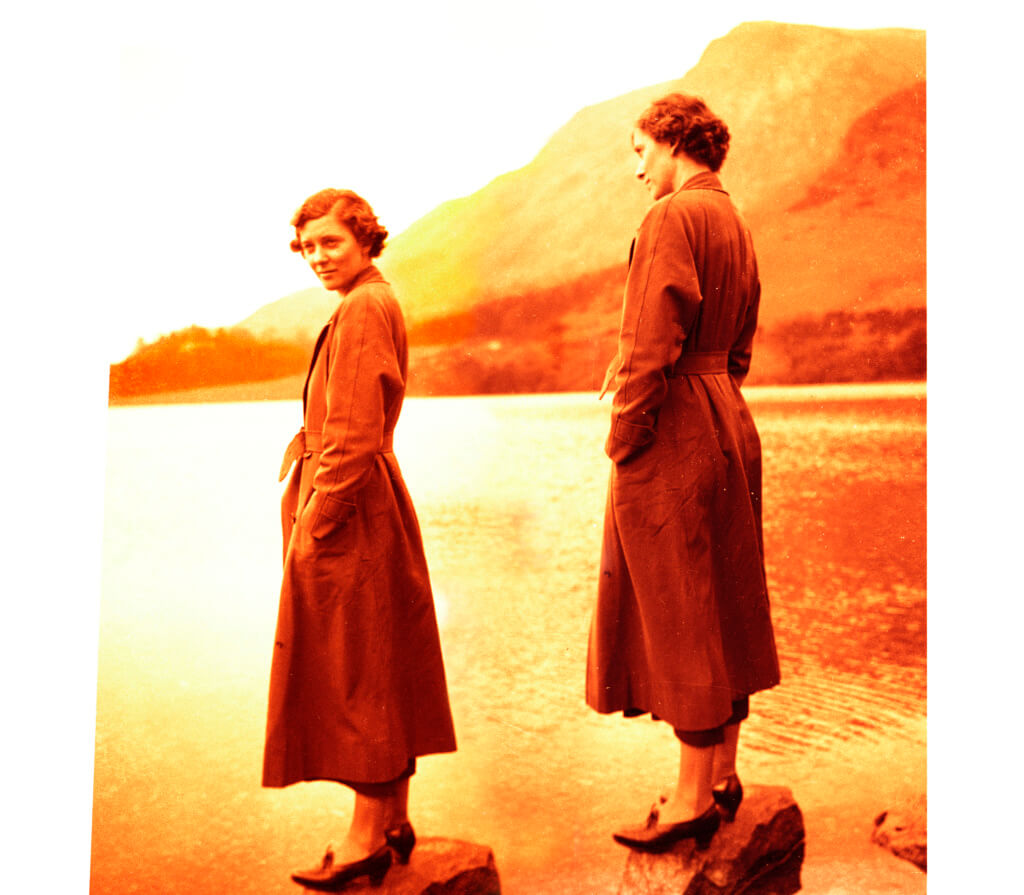
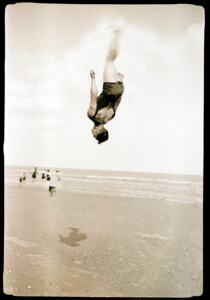
The images below are taken from At court; a series of etchings based on news images of suspects waiting to be brought in front of a judge. Whilst the suspects wait for their hearing, photographers get a chance to take their photo. Lapid’s resulting work, stripped from the media codes and context, fails to fulfill the informative purpose for which they were created. However, these etchings retain the intimacy and severity of the moment. Like photography, etching is a form of mechanical reproduction of images. As Yaron describes it: “Stripping the details of actuality produces images heavy on shame and fear, capturing a futile attempt to escape the camera, the all-seeing public eye. All that is left is the contradiction of the vulnerable body, and the unknown crime”.
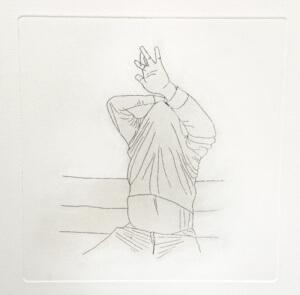
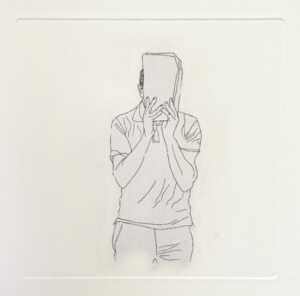

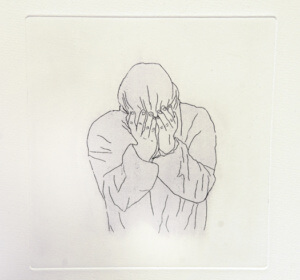
FinderAndKeeper
All images by Yaron Lapid. More of his work can be found at FinderAndKeeper.co.uk


